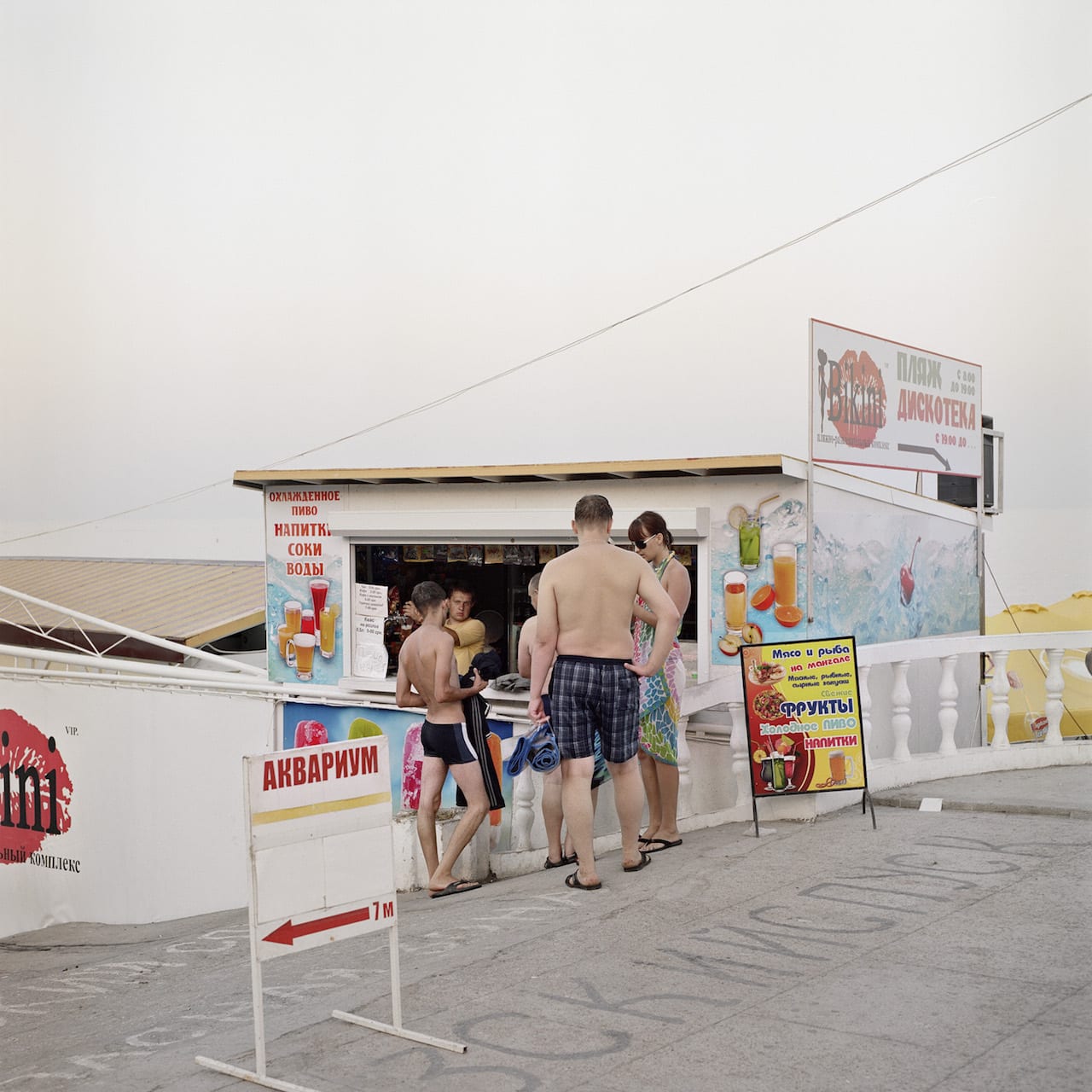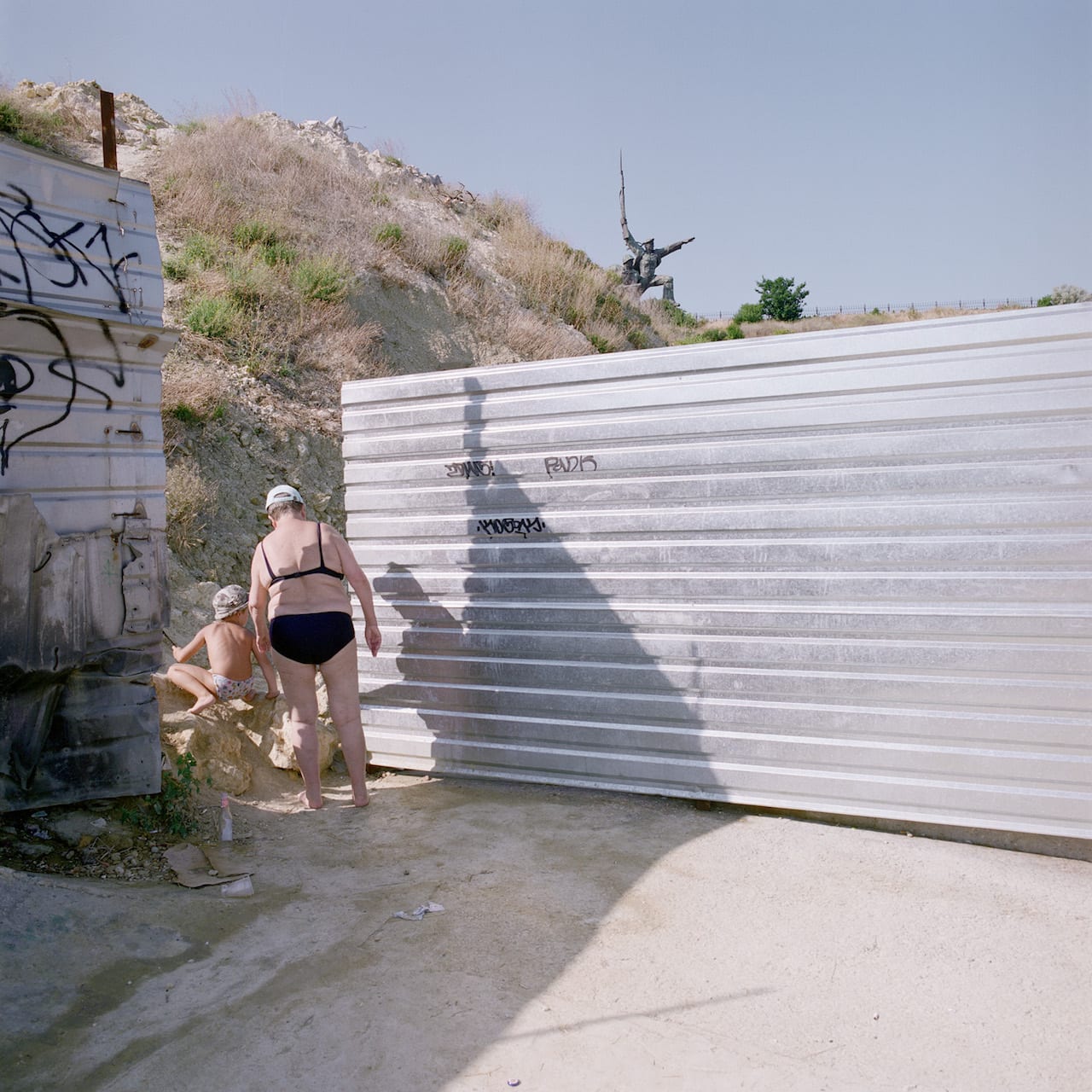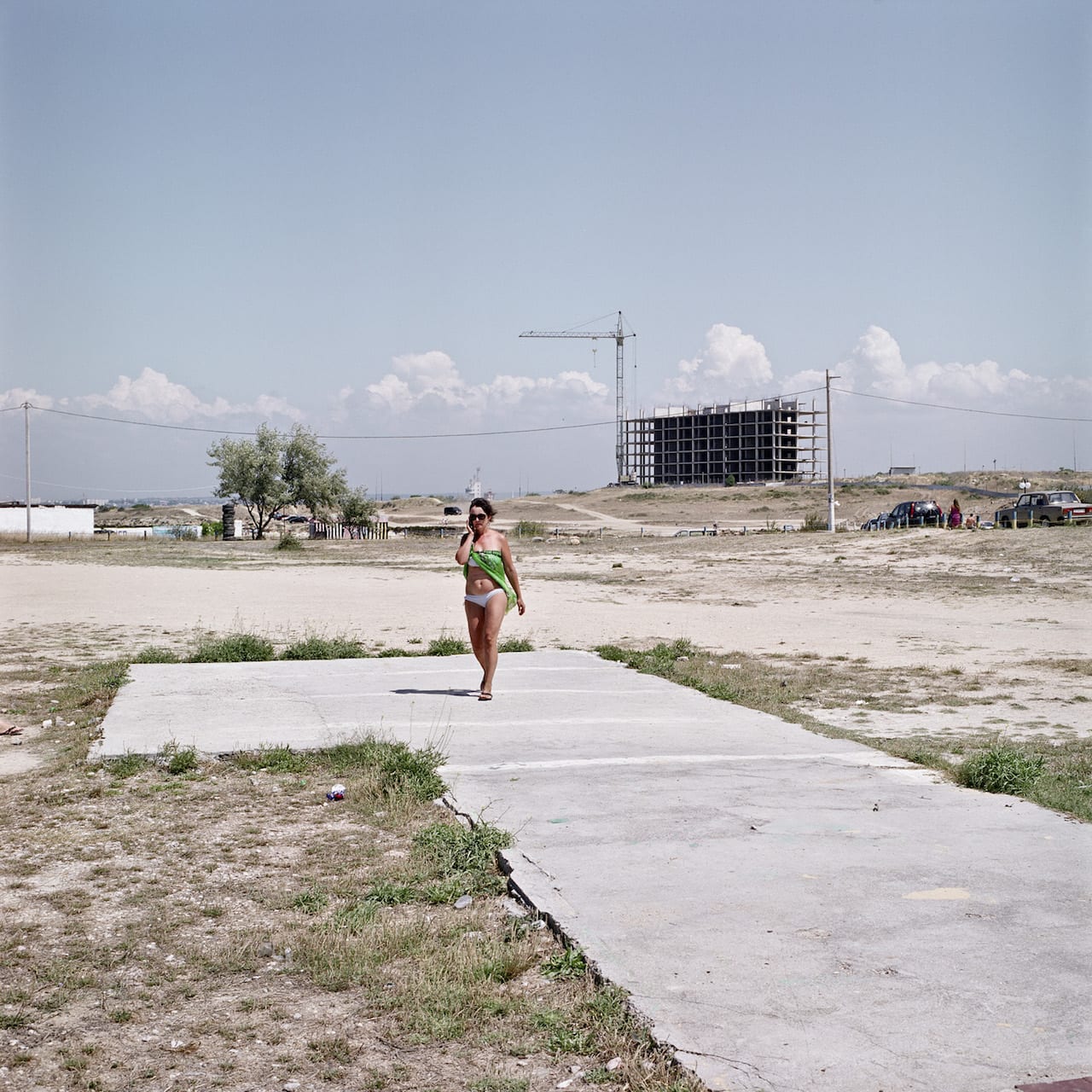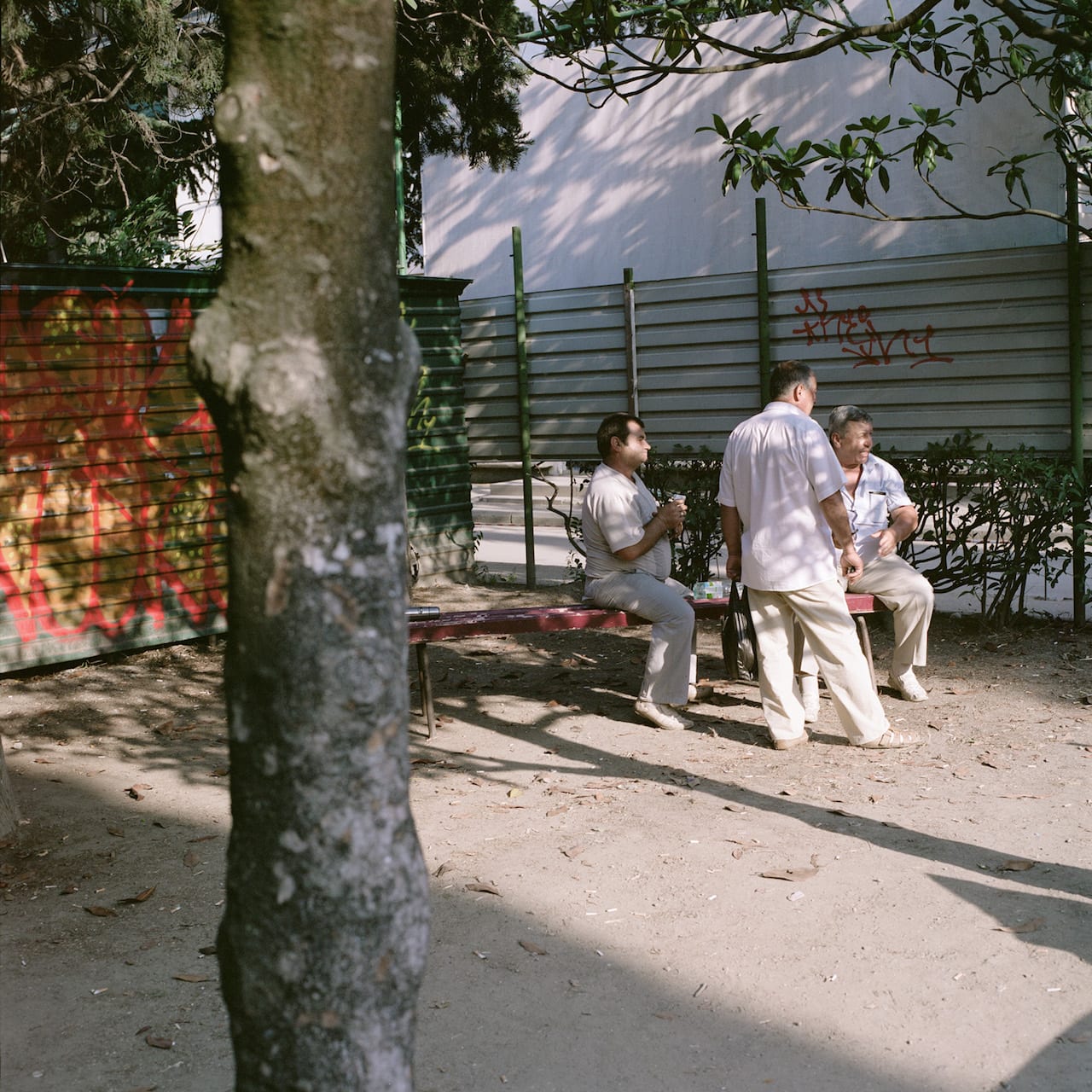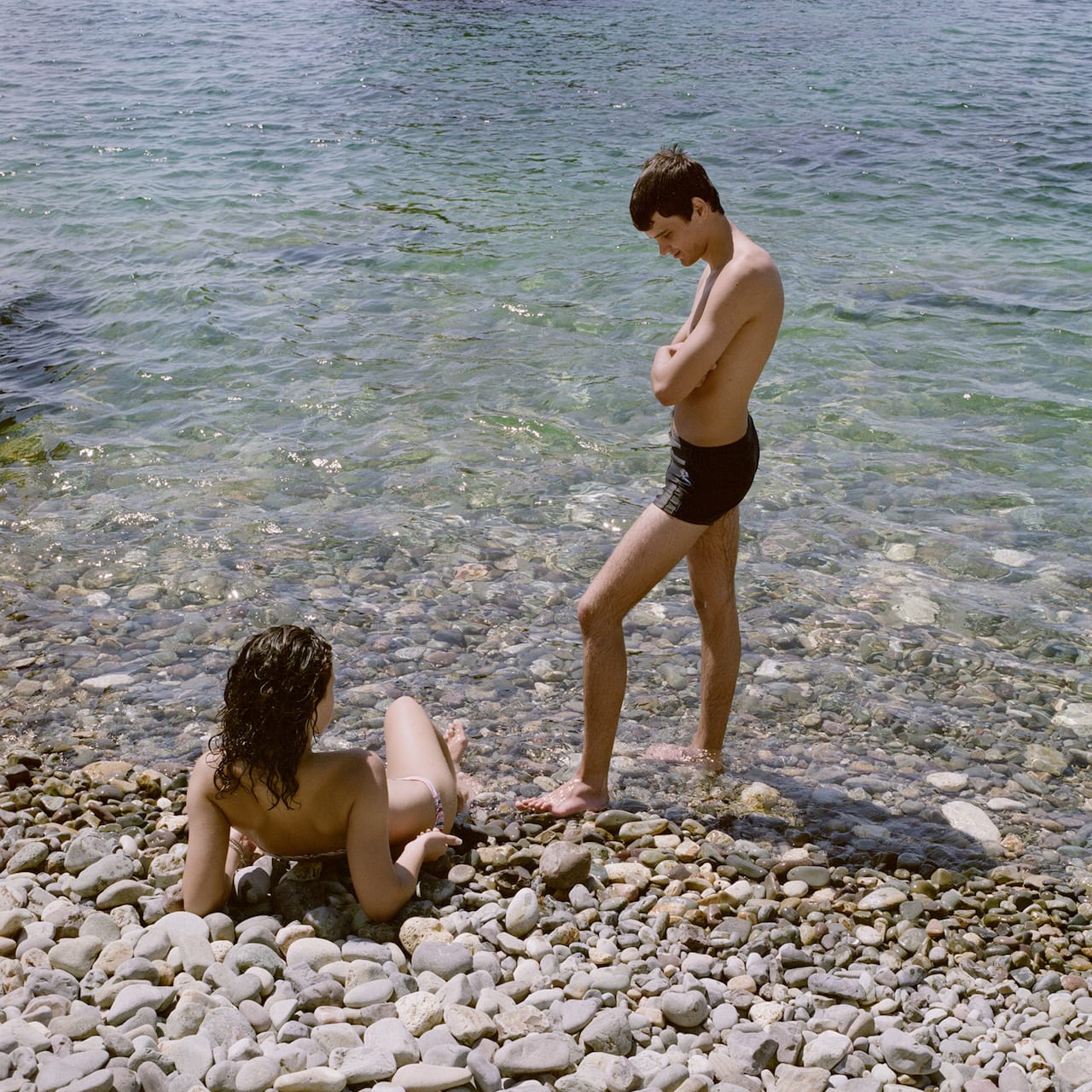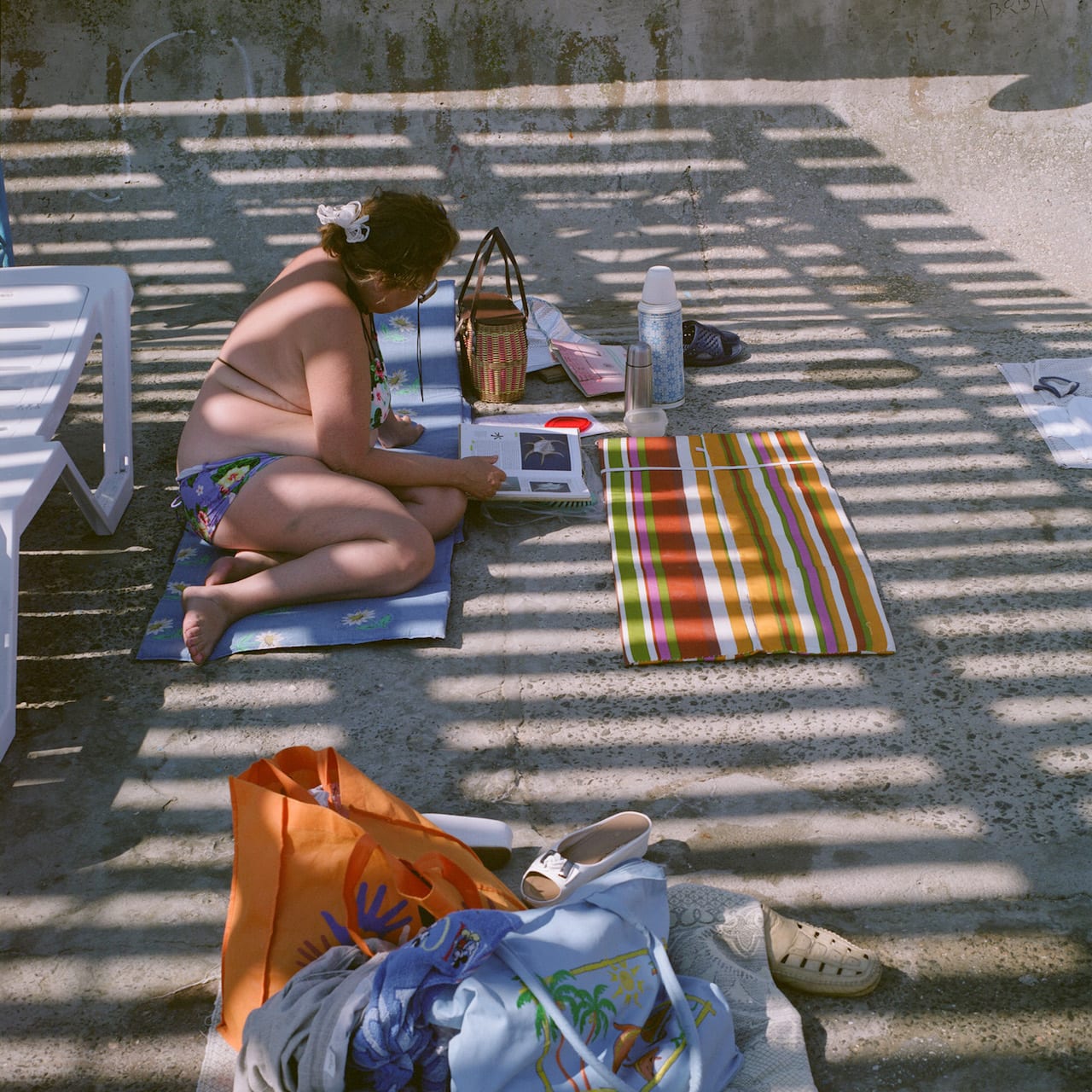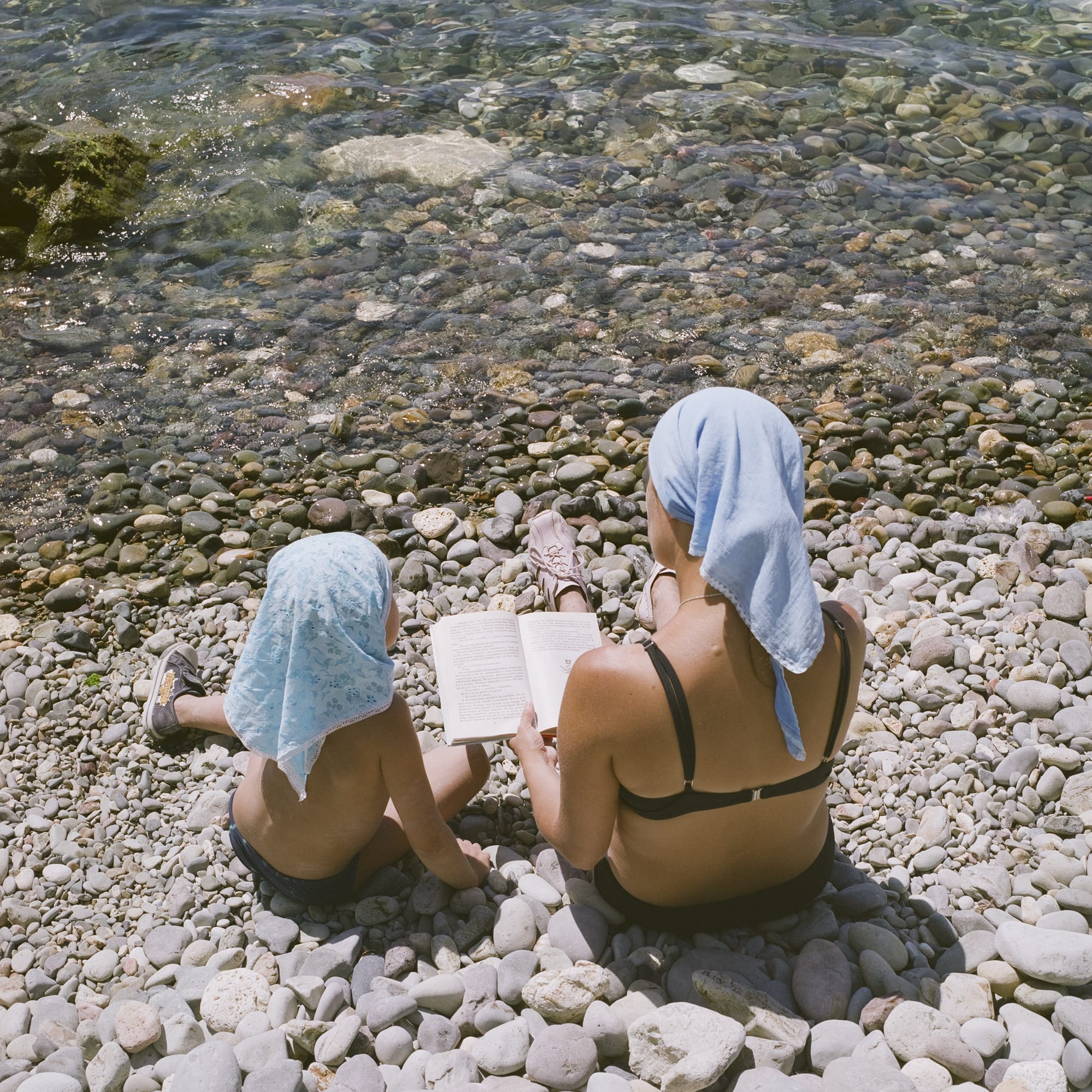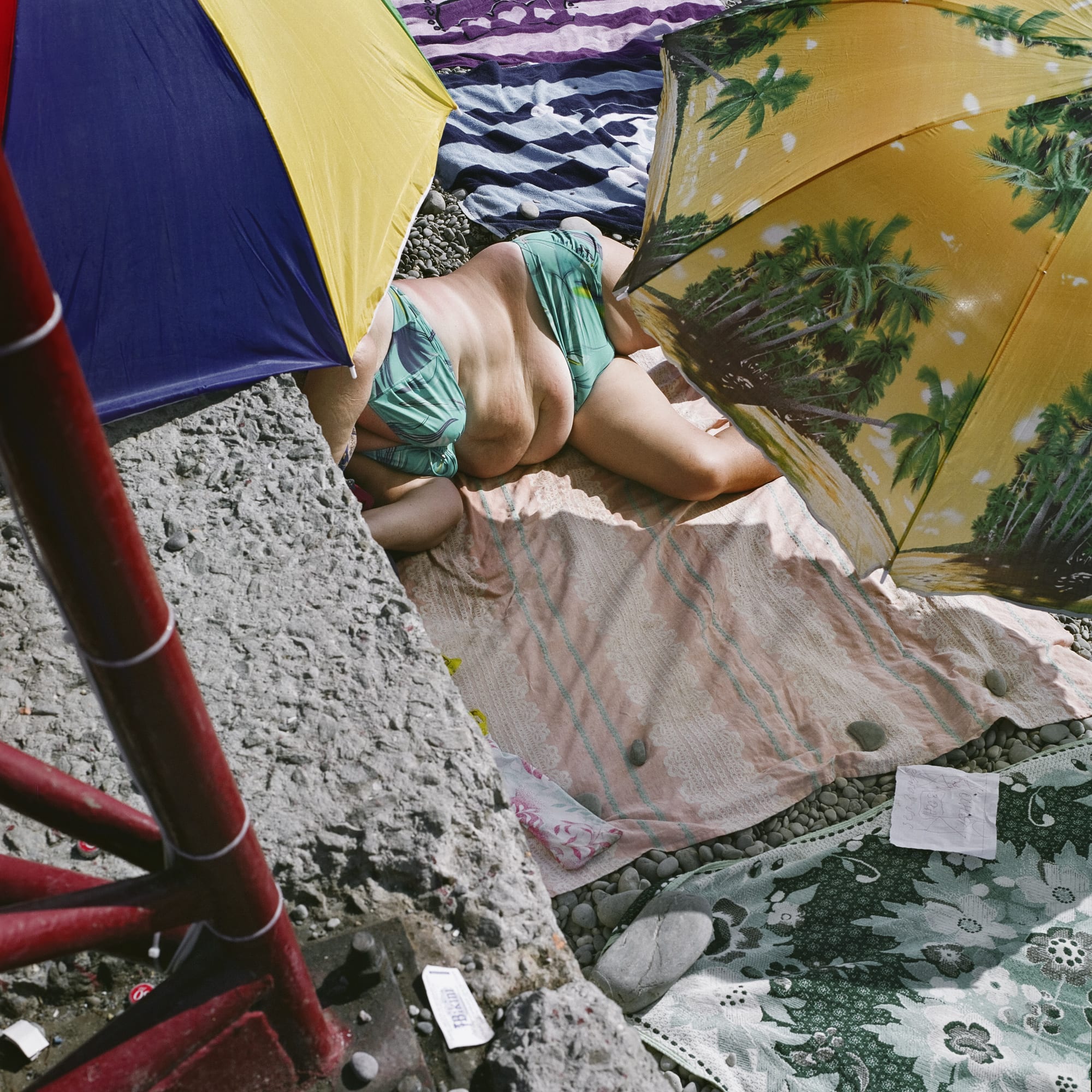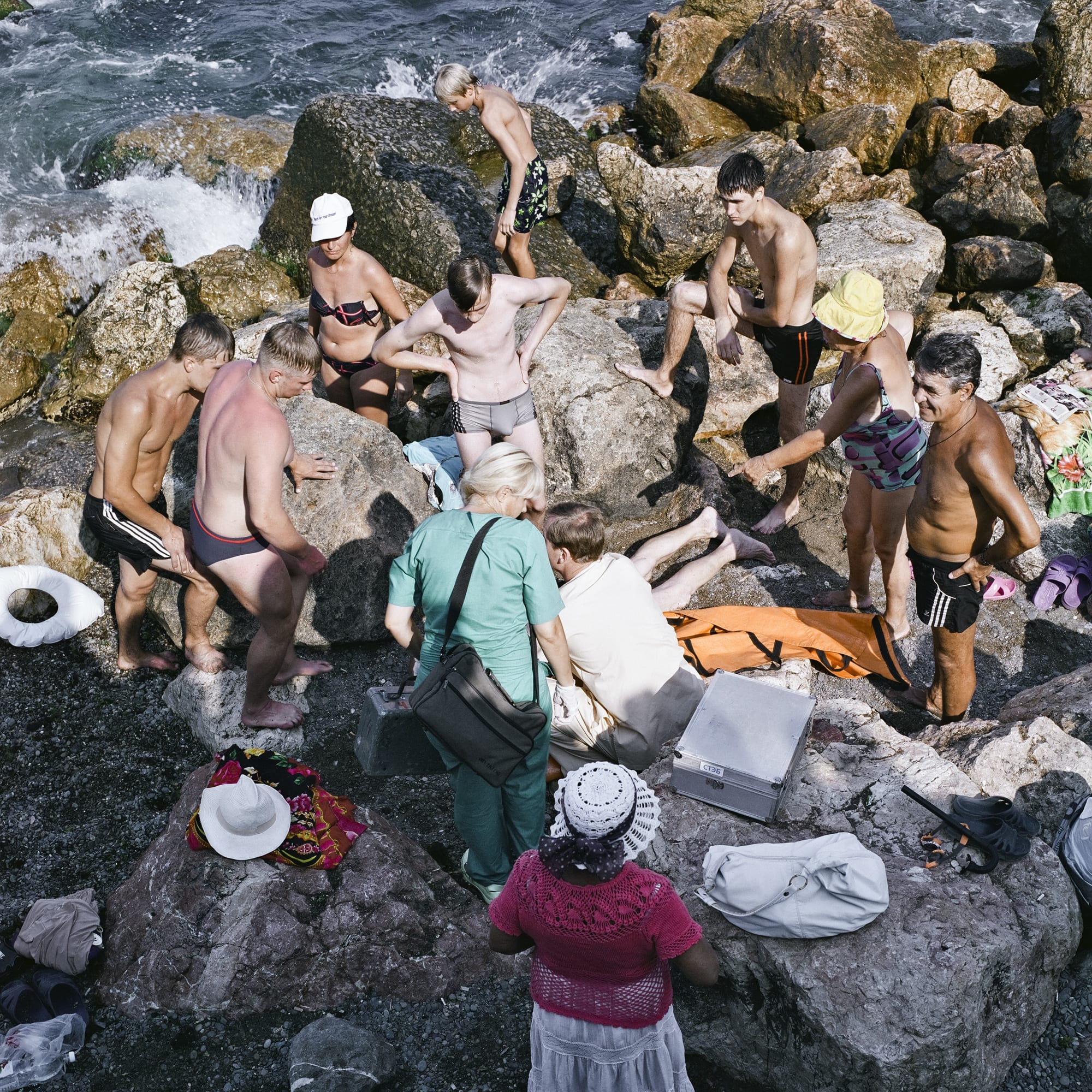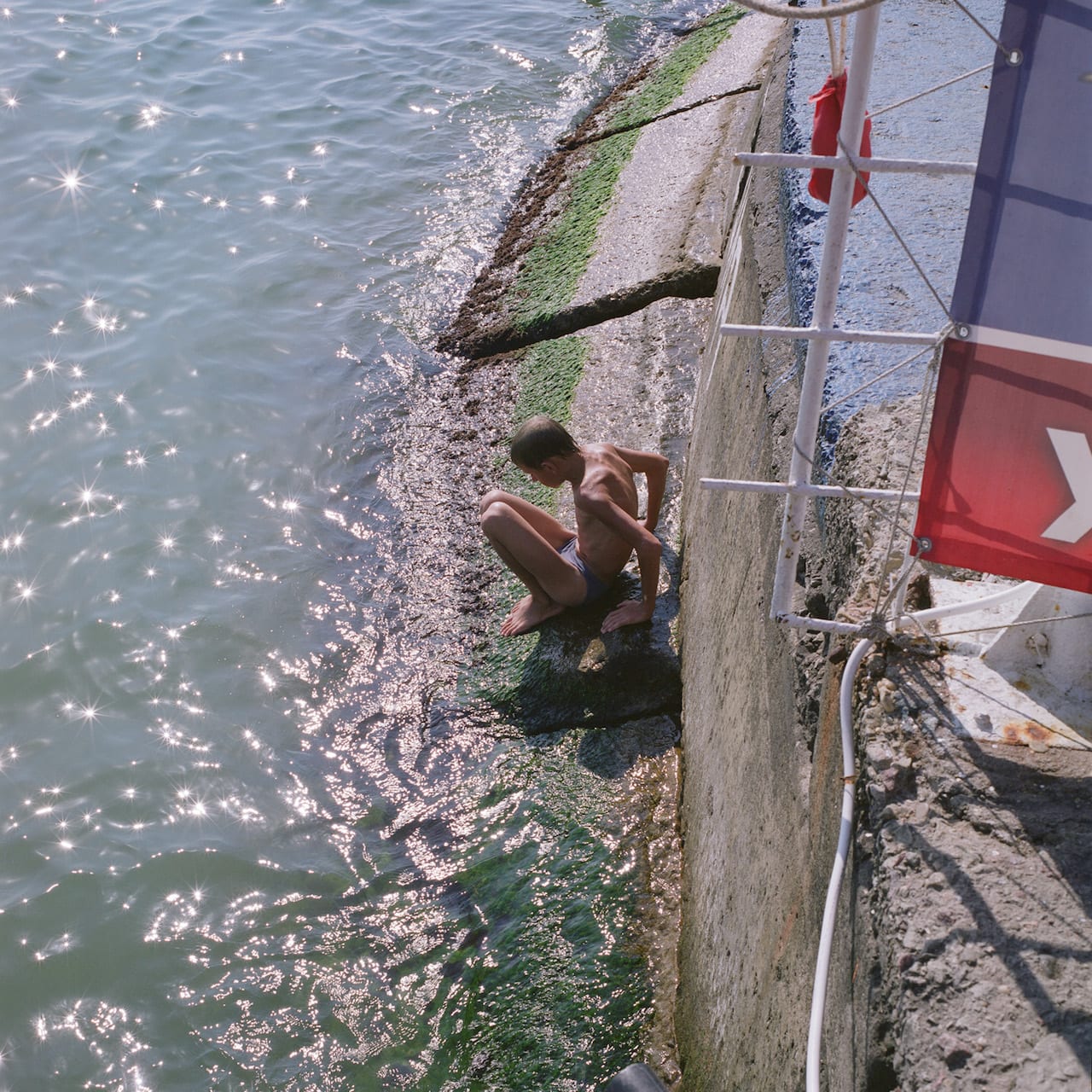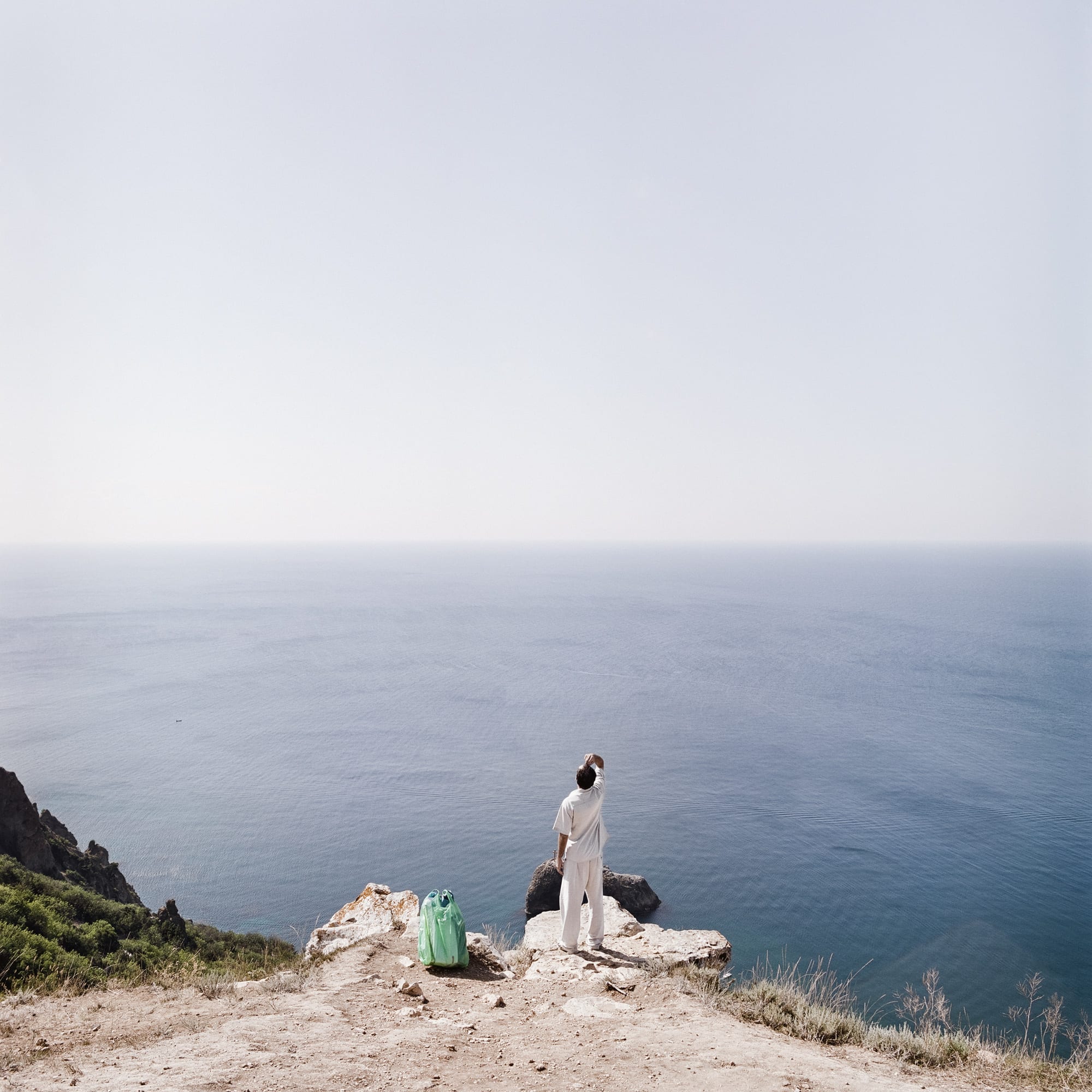Born in 1975 in Latvia, Alnis Stakle is Professor of Photography at the Rigas Stradins University, and a board member for Riga Photomonth. His work has been widely exhibited over the past decade, with his series Shelter included in the Discoveries Award at Les Rencontres de la photographie, Arles in 2017. His book dummy Melancholic Road was shortlisted in several international photobook competitions in 2016, including the Fotobookfestival Kassel and the LUMA Rencontres Dummy Book Award. It also won a special mention in the Unseen Dummy Book Award. BJP first featured his work in May 2016, publishing images from his series Theory of R.
Stakle recently won the New East Photo Prize organised by Calvert 22 Foundation, with a series titled Heavy Waters. Shot in 2011, the series shows towns and villages scattered along the coast on the Crimean Peninsula – an area that was at the time part of Ukraine, but which became part of Russia after the Ukraine-Russia crisis in 2014. To date, Crimea remains an internationally unrecognised part of Russia. Crimea was one of the most popular resorts of the Soviet Union but, says Stakle, “being on the crossroads of trade routes has always been risky”. “Since times immemorial, the Crimean Peninsula has been coveted by different countries, near and far,” he writes in his introduction to the series.
“Also, some of the bloodiest battles of the Crimean War and WWII have been fought here….This series of photos is envisioned as a study of towns and rural territories scattered on the Crimean seashore, with a special focus on the entropy of the Soviet urban environment, interspersed with splashes of the new capitalist epoch in Crimea.”
BJP: Why did Crimea decline as a resort after the fall of the Soviet Union?
Alnis Stakle: I’m not sure that Crimea has fully lost its seaside resort status. Even following the collapse of the Soviet Union it was still an attractive and coveted destination for many tourists. At the time when I was there, I saw lots of tourists from Ukraine, Belarus and Russia. Yet, the changes in the material well-being of former Soviet citizens brought with them transformation of people’s ambitions. Those who could afford to travel chose Turkey, Egypt and Asian countries that could offer a more exotic experience.
BJP: What are the “splashes of the new capitalist epoch” you can see there? How can they be seen in the images?
AS: Capitalism in the Post-Soviet countries is manifested not only in the adoption of the values that are considered traditionally “Western” – that is, the free market, private ownership rights, human rights, freedom of speech etc. Capitalism came hand in hand with an economic state that Professor Vladimer Papava has dubbed a “dead” economy or “necroeconomy”. To be completely honest, this term ought to be applied to the entire Post-Soviet cultural environment, which, to be sure, does not mean that everything just stopped functioning after the collapse of the Soviet Union. Despite that, many branches continued to drag their lives as if by momentum, though being economically or socially ineffective, which, in its turn, paved the way for corruption and crime.
Can all of that be detected in my photographs? Certainly not. I am not a journalist and do not attempt to use my work to validate any ideas. Rather, I am more of a “vagabond” with a camera. For me, the crumbling remains of the Soviet coat of arms, the historical canons in the local park, the carpets on apartment walls, the funny bathing suits, the half-finished building projects etc. are markers of a nostalgic cultural situation which is locked in the inter-zone between the impossible reincarnation of the past and a future that is different from what was expected.
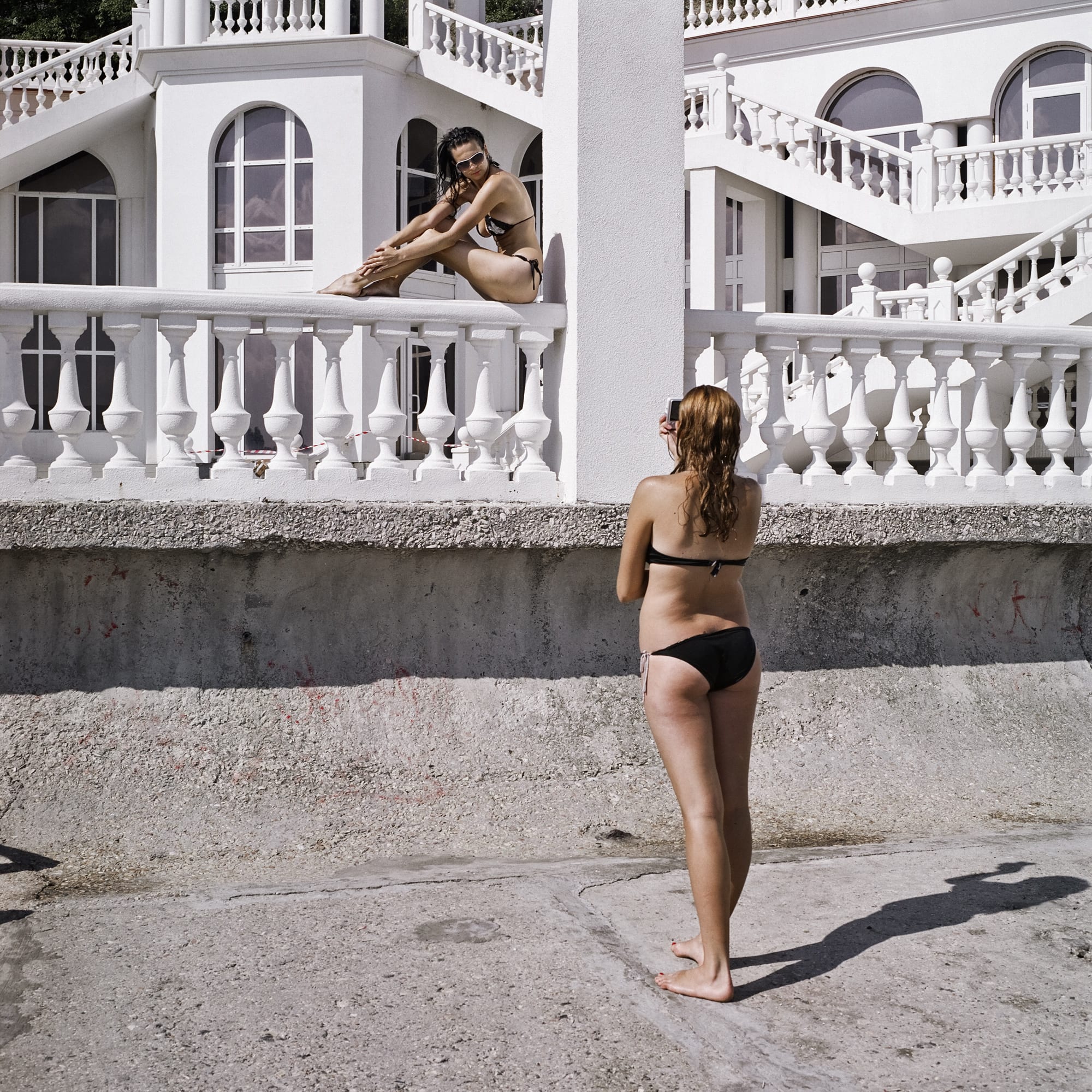
BJP: You shot Heavy Waters when Crimea was under Ukrainian control – what do you think is different there now?
AS: I have not been there since then, so I cannot comment on the number of tourists or the socially predominant moods. Yet obviously, it could not have become essentially better. When I visited the peninsula, a great part of the society lived very modestly. For instance many pensioners, in order to simply survive, rented out their apartments to tourists. In the summer season this enabled them to scratch out an additional income for a living. Such accommodation options, to be sure, were generally chosen by tourists from Ukraine itself and the neighbouring countries.
BJP: Why is the series titled “Heavy Waters”? It makes me think of nuclear reactors and therefore the disaster in Chernobyl – is that deliberate? [A pressurised heavy-water reactor is a nuclear reactor; the Chernobyl Nuclear Power Plant was based in Ukraine when it was part of the Soviet Union]
AS: The title really can be “chemically” linked to the notorious catastrophe in the nuclear reactor, but I rather meant to tie this title down to the literal location of Crimea near strategically important waters, which at all times made it a juicy morsel and an accessible territory to various cultures.
BJP: In your text you mention that you hope the series will trigger “a discussion on geopolitical and ideological issues” . What do you mean by that?
AS: To my mind, the annexation of Crimea has been rather forgotten and overshadowed by new global hot topics. Ideally, a piece of art can serve as a catalyst and trigger exchange of ideas. Yet, I am not at all sure that my private and enigmatic observations and portrayals of Crimea could really have any global or local effect to speak of.
BJP: How do you feel about winning the New East Photo prize?
AS: Surprised and honoured.
BJP: Is it useful to have prizes and exhibitions etc that promote photography from Eastern Europe? Or does it feel like a ghetto?
AS: To be frank I have always been vexed by the idea that, even after 28 years, the culture, science and many other disciplines in Eastern Europe are still positioned as a product of some “special” environment. Nevertheless, one has to bear in mind that photography as an art medium is in a very specific situation down here. Representatives of the local art world still stubbornly and stereotypically do not accept photography as a common and modern artistic medium, the Western artistic institutions have no trust in the photographers from the East, and the art market in this region is still practically non-existent.
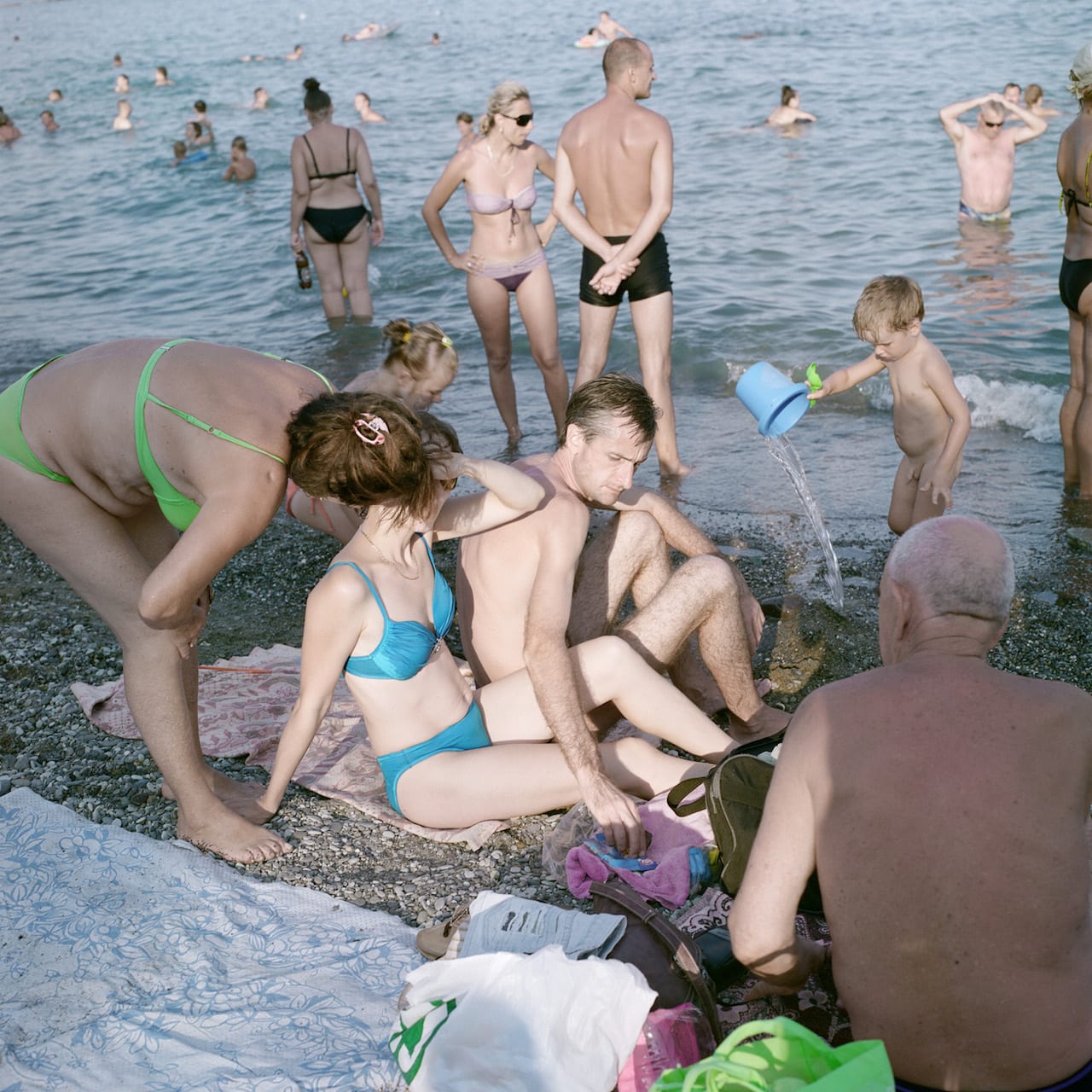
BJP: What do you think of the current canon of photography? It’s still dominated by white American men – do you share the same references as them, or are you, coming from a different region, inspired by different photographers and thinkers?
AS: If by dominance you mean the prices of artwork, the exhibitions in the great museums, and being represented in top-class galleries, then, I am afraid, we need a competent research on the actual situation here and now. I usually invite my students to look at the Guerrilla Girls website. Their work is full of harsh revelations about the art world.
As a university professor I am frequently faced with the inadequacies and the inapplicability of the Western theories and interpretations of history in the Post-Soviet discourse. Yet the other challenge is that it would be a mammoth task to find any truly influential theorists of visual culture in the Post-Soviet space. I personally have learnt from both, the artists of a Western origin and from the representatives of the Post-Soviet cultural environment.
BJP: Do photographers from Eastern Europe have different concerns and aesthetics to those from the West?
AS: We can surely try and discern something particular and unique in the works of photographers from the Post-Soviet countries. For instance, the representatives of the Kharkov school (Boris Mikhailov, etc.), whose photographs are full of social criticism and self-deprecating irony and reveal a common pattern of the elements of amateur photography and kitsch in the technical code of the art work.
To my mind, however, the technical code and the ideas embedded in a photograph cannot be mapped within some actual border lines. The Western and the Eastern photographers all address similar issues in their work and oftentimes use similar technical codes. In my own work, I endeavour to be authentic and sincere; that is, I want my photographs to be situative, private and occasionally even intimate. I guess the same concerns are mirrored in the works of many other modern photographers.
https://alnisstakle.com/work Heavy Waters is on show in the New East Photo Prize exhibition at Calvert 22 Space, 22 Calvert Avenue, London E2 7JP until 12 December https://calvert22.org/new-east-photo-prize-2018-exhibition/
www.1854.photography/2018/09/new-east-photo-prize-2018-shortlist-announced/
www.1854.photography/2017/03/stakle/
